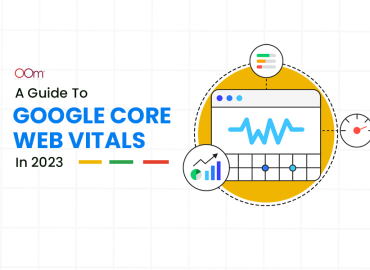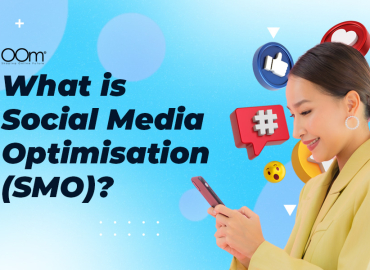Every marketer probably knows by now that Google Analytics is one of the most effective marketing tools out there. It’s free to use, easy to learn, and offers a bunch of benefits for search engine marketing (SEM) campaigns.
With that said, it’s no wonder that many marketers are satisfied with Google Analytics. Its wide range of benefits makes it a must-have for people who need to increase their conversion rates. However, doing so is easier said than done. To optimise your website for conversions, you need to track them first by setting up goals.
What does setting up goals mean anyway? In the context of Google Analytics, you have to set up and manage goals to measure the actions and behaviours of users. Your goals will represent completed activities called “conversions”, which will require you to set up a goal first.
Fortunately, with our help, you’ll make good use of Google Analytics and learn how to maximise its fullest potential. Sure, it may seem tricky for first-time users, but once you get the hang of setting up goals to track conversions, nothing is stopping you from reaching your goal.
To get you started, let’s discuss the fundamentals of setting up goals and tracking conversions with Google Analytics.
Understanding The Importance Of Goals

When using Google Analytics, always prioritise your goals above all. Your goal is the benchmark that will determine your business’s online growth. But how do they affect your performance? What makes goals one of the most prominent features of Google Analytics?
The ability to monitor your progress is why your goals are vital for business. Setting goals will help pave the way for your next strategy since you have a clear overview of your website’s performance.
Think of your goals as your extra pair of eyes and ears. Whenever you need to track your progress, you can check your goals to see how well your website is doing in targeting its objectives.
For example, let’s say you manage an e-commerce website. If the goal for users is to make a purchase, then Google Analytics will let you discover how many customers are buying from your online store.
Also, marketers with search engine optimisation (SEO) in mind will appreciate Google Analytics, thanks to its feature that allows users to monitor keyword performance. You can find out how effective your keywords are in boosting your site.
Steps For Setting Up Goals (And Tracking Conversions)

Step 1: Identify Goals That Benefit Your Business
Before you think of a goal, identify an action that will benefit your business the most. Doing so is the most crucial step of all since you’ll discover the effectiveness of a strategy before you even try it out.
You could ask yourself questions related to your pre-existing goals, such as:
- Will it help me build an audience?
- Will it increase sales?
- Does it benefit my target audience?
- Does it obtain customer data?
Step 2: Create A Goal
After planning your objectives, head to Google Analytics and create an account. If you already have an account, then sign in and go to the “Admin” account. Once you’re there, you’ll have to fill out a few forms.

Step 3: Choose A Type Of Goal
You’ll be given four types of goals: URL Destination, Visit Duration, Pages/Visits, and Event. Choose one that will support your SEO and/or SEM campaigns.
Url Destination. The most common type of goal is the URL Destination goal. Using this goal will help you track down URLs and find out the number of visitors. You could use URL Destination goals for sales, confirmation, and download pages.
Visit Duration. Discover how long your users remain on a specific page with the Visit Duration goal. Use this type of goal if your objective is to improve user engagement and experience.
Pages/Visits. If you want to know how many pages users visit your website, select the Pages or Visits type of goal. The purpose of this goal is to find ways on how you can improve your site’s user engagement, same with the Visit Duration type of goal.
Events. Compared to the previous types of goals, Events are quite complicated to use. Before you choose this type of goal, you need to schedule an event first.
Step 4: Track Your Goals
Once you start gaining leads and users are visiting your website, you can view your performance under the “Conversion” section in the dropdown menu. That way, you’ll find out which pages of your website are gaining more traffic.
A Marketer’s Best Friend
Google Analytics is every marketer’s best friend. If you use it properly, you’ll expand your business ahead of time before you know it. To do so, remember to choose the right type of goal and set them up. As a result, you can monitor your website’s performance and discover which page is rated with the highest traffic.
Can’t get enough of digital marketing? Get in touch with our SEO company today. Contact OOm at +65 6391 0930 for more details.





